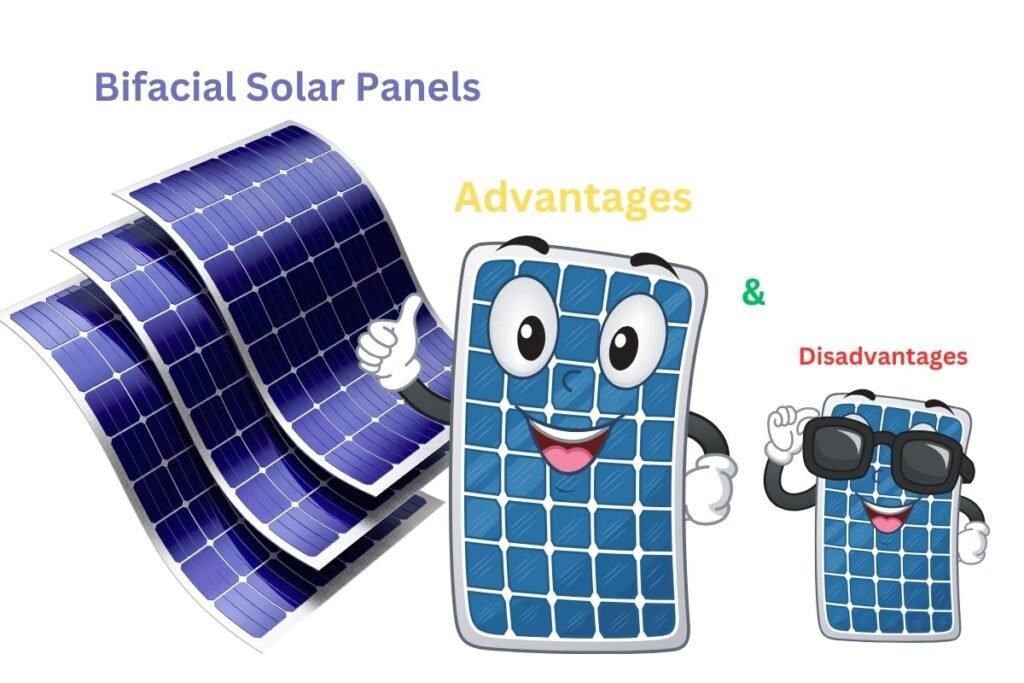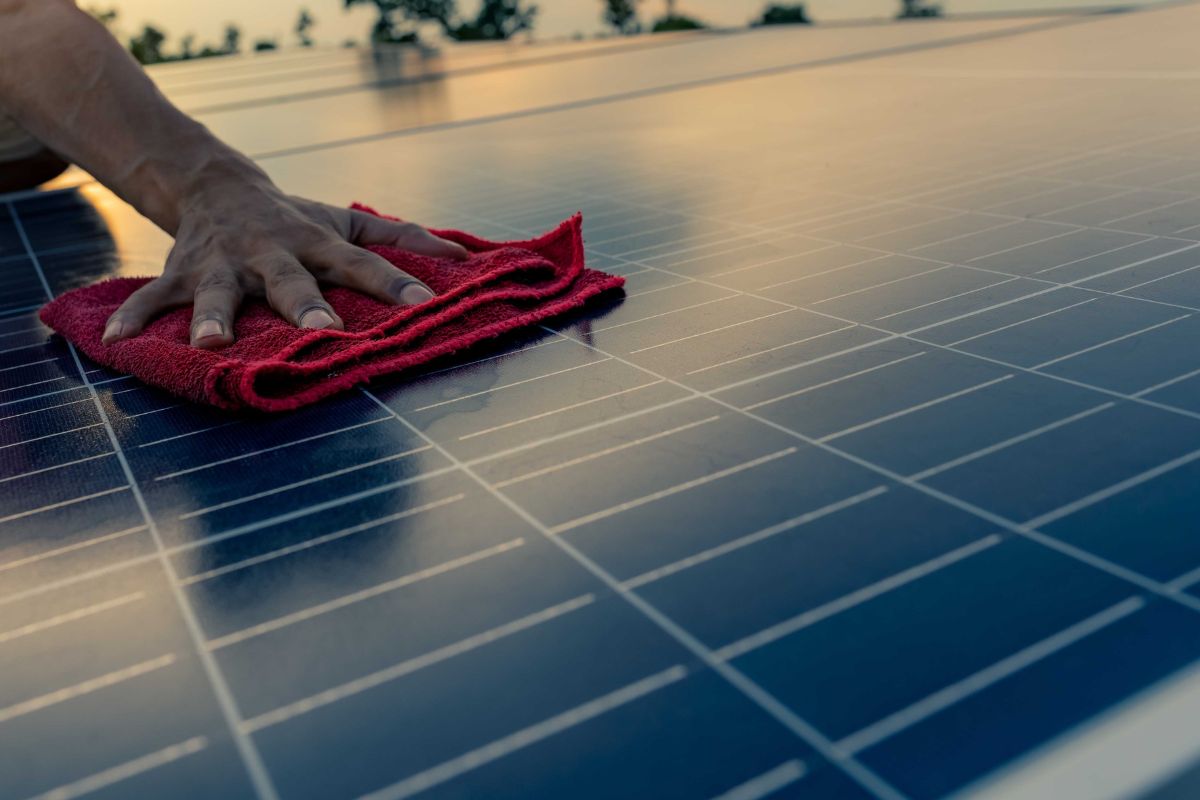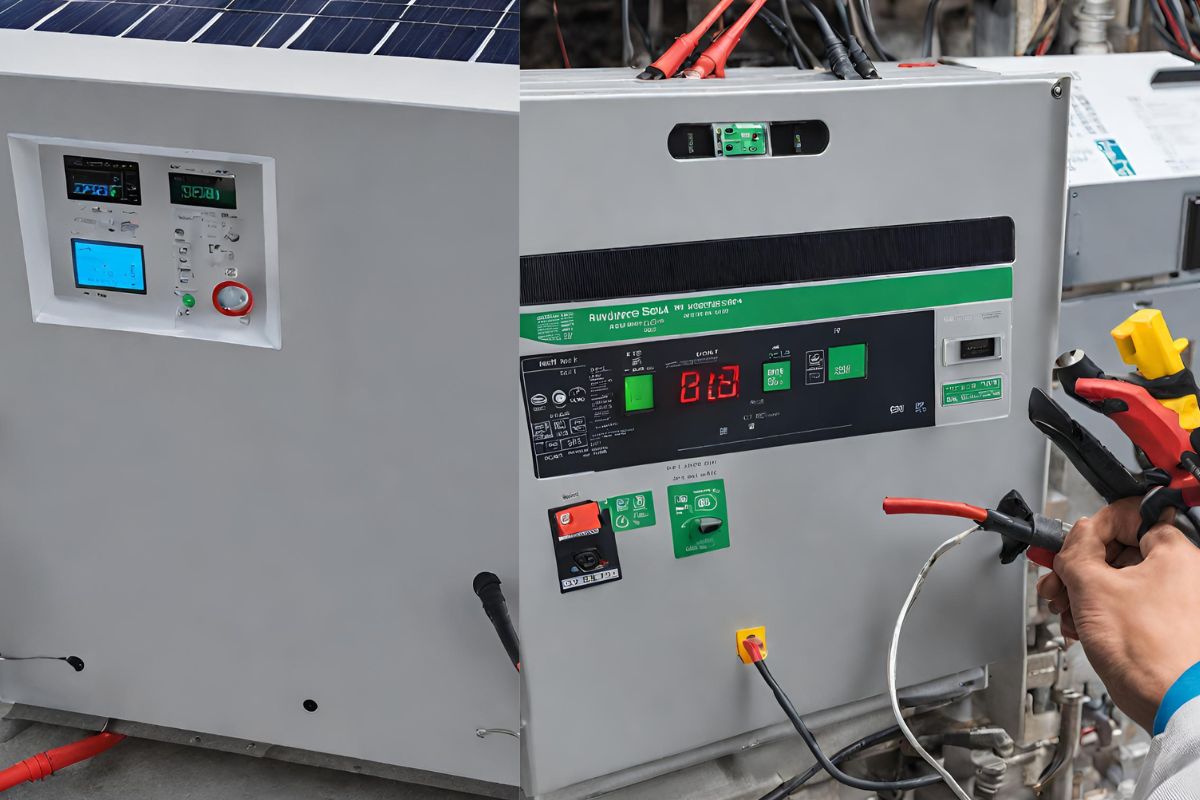We are taking you through the bifacial solar panels’ advantages and disadvantages in this article.
The bifacial solar panels have proven beyond expectations, and this is because of the wonderful bifacial solar panel features.
The obvious advantage is that it can generate more electric power than the monoficial solar panels, which is the main contestant type of solar.
The bifacial solar panel has an albedo reflective effect, making it far better than other panels for electrical generation power.
First, Let’s deal with the advantages and disadvantages of bifacial solar panels.
Later in this article, I will take you through the differences between the bifacial and mono panels.
The Advantage Of Bifacial Solar Panels?
Knowing what the advantages of bifacial solar panels are is important in this contest, for the fact that bifacial solar panels are becoming more common in solar setups.
You should not be left behind in this type of solar panel technology. We have decided to draft out some of the fascinating aspects of the bifacial solar panels to our conventional panels.
In fact, unlike monofacial cells, bifacial cells are sensitive to light on both sides.
Let’s see some of the advantages of bifacial solar modules over traditional solar panels:
1. Bifacial solar panels have an esthetic design.
The design of these panels makes it possible for them not only to be energy generators but also to be used as pergolas, awnings, and barriers and become an aesthetic element of our installation.
The bifacial panels are more resistant and absorbent, protecting against chemical corrosion, bad weather, and cracks.
2. Bifacial solar panels have a long warranty and Longer lifespan.
The warranty of a bifacial solar panel varies between 30 and 35 years, unlike a monofacial panel, which will have a warranty of 25 years.
The lifespan of bifacial solar panels is longer than that of monofacial solar panels: around 30 years, compared to 20 to 25 for conventional solar panels.
On the other hand, the components of solar panels are almost 95% recyclable.
3. Bifacial solar panels generate more electricity.
Bifacial solar panels have a double-sided nature with the capacity to produce energy on both sides, and they offer higher efficiency than monofacial solar panels.
Using the front and rear sides of the panel increases overall electricity production by 5% to 15% more than panels with only one side.
4. Bifacial solar panels are Ideal for small areas.
Bifacial panels can absorb light reflected from the ground, surrounding buildings, or other surfaces, making them more effective when light is reflected.
These are just some of the major advantages of solar panels, and let’s check out the disadvantages of bifacial solar panels in the next section.
Disadvantages Of Bifacial Solar Panels
Although bifacial solar panels have advantages, such as the ability to generate electricity from light falling on both sides of the plate, they also have significant disadvantages.
Here are some of them:
1. Bifacial solar panels are more costly.
Bifacial photovoltaic modules are more expensive than monofacial modules.
They generally cost 5 to 10% more than other modules due to their specific manufacturing process.
This additional cost will be compensated only under certain conditions.
In addition, their installation can also be more expensive since they require a special mounting system to take advantage of the light that falls on the backside.
2. Bifacial panels need a light reflection.
To take full advantage of bifacial panels, suitable reflective surfaces, such as a light floor, must be right, which can limit their effectiveness in certain environments.
3. They need a reflective surface.
If you want bifacial solar panels to work at their best, you should put them on something reflective, like snow, water, or grass.
This way, light that hits the back side can be mirrored and used to make more energy.
The panel efficiency will be reduced if installed on a light-absorbing surface, such as dirt or sand.
4. Bifacial panels are sensitive to dirt
Bifacial solar panels can be more sensitive to dirt, dust, or snow than conventional solar panels, as any buildup of dirt on the back side of the panel can decrease its ability to generate additional electricity.
5. Bifacial panels are complex to install and maintain.
Since bifacial panels have more electronic components and a glass back pane, they are heavier and more complex.
This is why their development requires more precautions and technical expertise.
The same goes for maintenance or troubleshooting, which will be more detailed and sometimes more expensive.
6. Orientation of bifacial solar panels
Bifacial solar panels require proper orientation to maximize their efficiency.
They must be tilted at an optimal angle and facing the sun to maximize the sunlight they receive on both sides of the plate.
Bifacial solar panels are less flexible because they cannot be applied everywhere.
They are generally not recommended for residential customers due to cost and the fact that the backside will produce little on residential roofs.
What Are The Causes Of Dirt On Bifacial Solar Panels?
Several elements can cause your installation to become dirty and block the photovoltaic sensors on your panels.
Most of the time, these are elements linked to weather conditions: muddy rain, winds, and deposits of dead leaves or pine needles.
In the city, pollution also causes this type of inconvenience: the CO2 present in the atmosphere.
Among other things, it forms a deposit on the surface of the panels, likely to hinder the passage of solar energy from the sun’s rays.
Of course, rain and wind can also dirty your installation and block the sensors.
In the countryside, even if pollution is much less present, pollen, dust, or sea salt (for installations located by the sea) can also be deposited on the solar panels.
Maintenance Of A Bifacial Solar Panel
The surface of the bifacial solar panels can be cleaned regularly by the flow of rainwater.
But it’s important to clean often to eliminate pollution like dust, dead leaves, pollen, bird droppings, and other things that build up over time.
Be careful not to use detergents on your solar panels because they could hurt them.
We suggest you clean your bifacial panels with gentle, proper methods to keep them working well and last longer.
What should you not do when taking care of a panel?
For you not to hurt yourself or damage your system, you should stay away from the following:
When cleaning the solar panels, remember that you shouldn’t walk on them or put any other kind of pressure on them.
Also, you don’t have to use a rough brush on them that could damage the glass, but a soft one.
Finally, do not clean your solar cells when it is hot outside. The panels can get as hot as 85°C, so there is a big chance of them catching fire.
How to clean bifacial solar panels?
A bifacial solar panel does not have to be cleaned frequently; annual cleaning will be enough since it is covered with a self-cleaning coating.
The panels evacuate dirt, particularly due to their inclination and this non-stick coating. Rain is generally only a problem if it contains much mud.
However, other modules make up photovoltaic installations. For example, inverters ( or micro-inverters) must also be cleaned.
Cleaning process of a solar panel
As we have just seen, cleaning solar panels involves removing deposits that can accumulate on the glass surface.
The objective is not to have a brilliant solar panel but to clean it when necessary so as not to suffer a loss of performance.
Therefore, The first step is to check the solar panel’s condition if you notice significant traces of dirt.
It’s easy but important to be careful when cleaning a solar panel. So, to clean dirt off the panels, we suggest using a soft cloth and clean water.
Also, it’s important to use the right things. Use water that is as clean as possible, like water with the minerals removed. Too hard water may leave layers on the solar panel, ruining your house.
But there are some things and items you shouldn’t use to clean the panels so that you don’t hurt yourself or damage your installation:
When you clean the solar panels, remember that you shouldn’t walk on them or put any other kind of pressure on them.
Also, please don’t use a rough brush because it could scratch the glass on the panels. Instead, use a soft brush.
Finally, do not clean your solar cells when it is very hot outside. The panels can get as hot as 80°C, so there is a big chance of them catching fire.
Final Thought
Knowing the advantages and disadvantages of bifacial solar panels will give you an edge in deciding if you would love to invest in the panel in the first place.
However, the bifacial solar system is the future of solar panels in power energy generation.
The advantage of the bifacial solar panel is that it is worth having one installed in your home, despite the cost, whereas in the long run, it pays the cost.
You can read this for more about bifacial solar panels.
Here is an interesting article about some facts about bifacial solar panels vs. monocrystalline.



